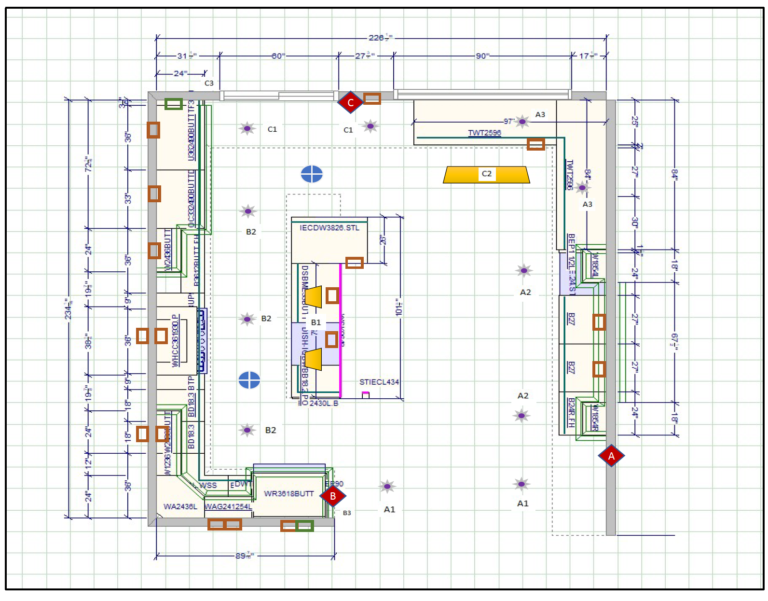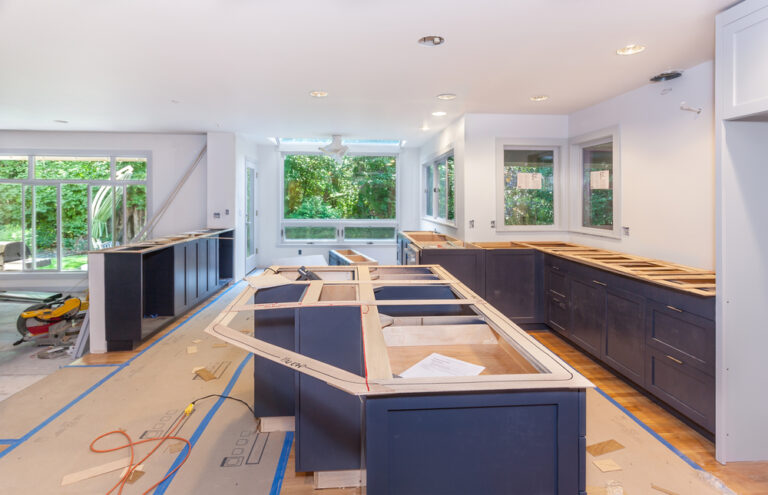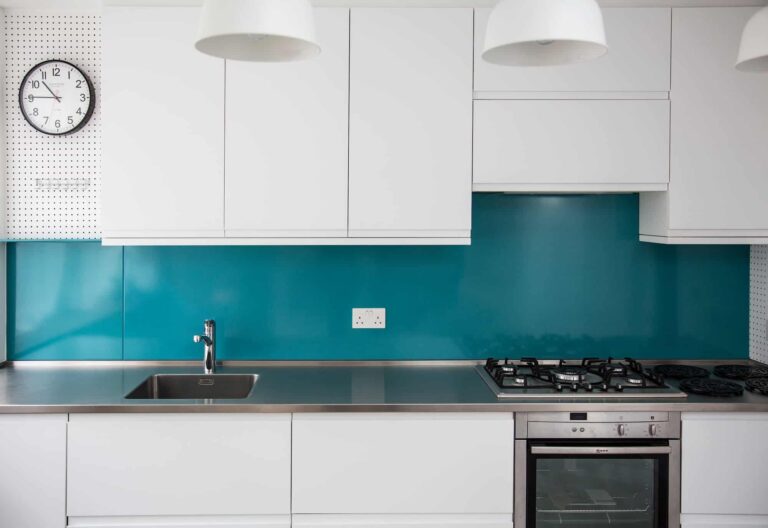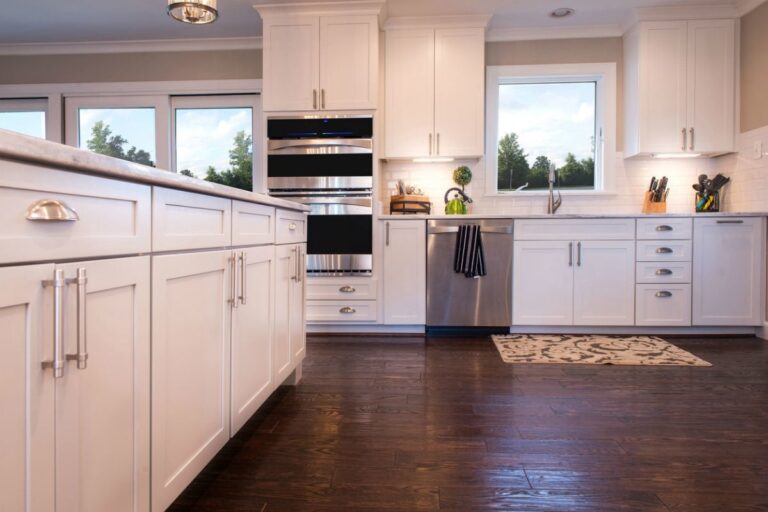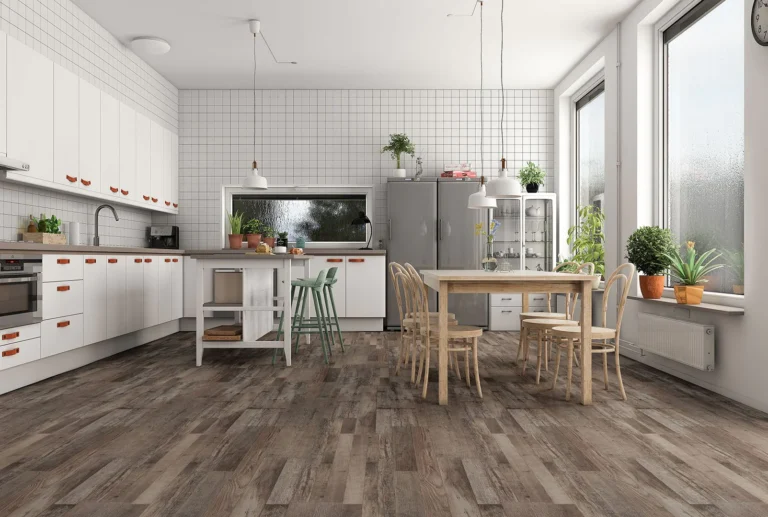What To Avoid When Designing A Kitchen?
When it comes to designing a kitchen, there are many things to consider. It’s important to remember that this is where you will be spending a lot of time, so it’s worth taking the time to create a space that’s both practical and visually appealing. However, there are also certain pitfalls to avoid when designing a kitchen, such as over-accessorizing, overcrowding, and not taking advantage of natural light. It’s best to plan and research the best design for your space to create a kitchen that you’ll love for years to come.
Choosing Too Many Materials
When designing a kitchen, there is a temptation to choose a wide range of materials to create a unique look. However, this can lead to a cluttered, disorganized kitchen that is difficult to keep clean. Too many materials can also distract from the overall design of the kitchen. For instance, if a kitchen is designed with stainless steel appliances and a rustic wood table, the combination of these two materials can be overwhelming. Instead of using too many materials, try to stick to a few key materials to create a unified look. For example, a white marble countertop combined with white cabinets and stainless steel appliances will create a timeless, elegant kitchen. Additionally, using a single material for the countertop, backsplash, and cabinetry can help create a cohesive design. Furthermore, it is important to pick materials that are durable and easy to clean, as they will last longer and require less maintenance. By avoiding too many materials, it is possible to create a beautiful kitchen with a unified design.
Not Considering Space-Saving Solutions
When it comes to designing a kitchen, space-saving solutions should be top of mind. Even if your kitchen is spacious, it pays to think about storage and organization solutions that will maximize your space. Not considering space-saving solutions can lead to a cluttered, disorganized kitchen, leaving you frustrated and unable to find the items you need. Consider creative solutions like pull-out drawers, corner cabinets, and multipurpose countertops to make the most of your kitchen. Additionally, you should look for appliances that are both efficient and compact. Making the most of the space you have can not only make your kitchen more organized and efficient but also make it look bigger than it is.
Neglecting Natural Lighting
Neglecting natural lighting is a common mistake when designing a kitchen. Natural light not only makes a space feel larger and more inviting, but it can also help create a better workflow. Without proper natural lighting, you may find yourself in a dark kitchen that’s uncomfortable and uninviting. To ensure a bright kitchen design, take into consideration the location of windows and the size of the room. If you don’t have access to natural light, consider introducing artificial light sources and reflective surfaces that bounce light off the walls. Additionally, look for finishes that are light and airy, so the kitchen still feels bright even without natural light. By taking the time to consider natural light, you can create a brighter, more inviting kitchen.
Skimping on Storage Solutions
When it comes to designing a kitchen, storage solutions are key. Without adequate storage, you won’t have the room to store all the items you need to make meals and keep your kitchen looking neat. Unfortunately, many people make the mistake of skimping on storage solutions. This leads to clutter, messy countertops, and an inefficient kitchen. If you want to avoid this mistake, consider the following storage solutions: wall shelves, cabinets, and drawers. Wall shelves provide a great place to store spices, dishes, and other items. Cabinets can be used to store pots and pans, while drawers are great for storing utensils and other small items. By investing in these storage solutions, you can ensure that your kitchen remains organized and efficient.
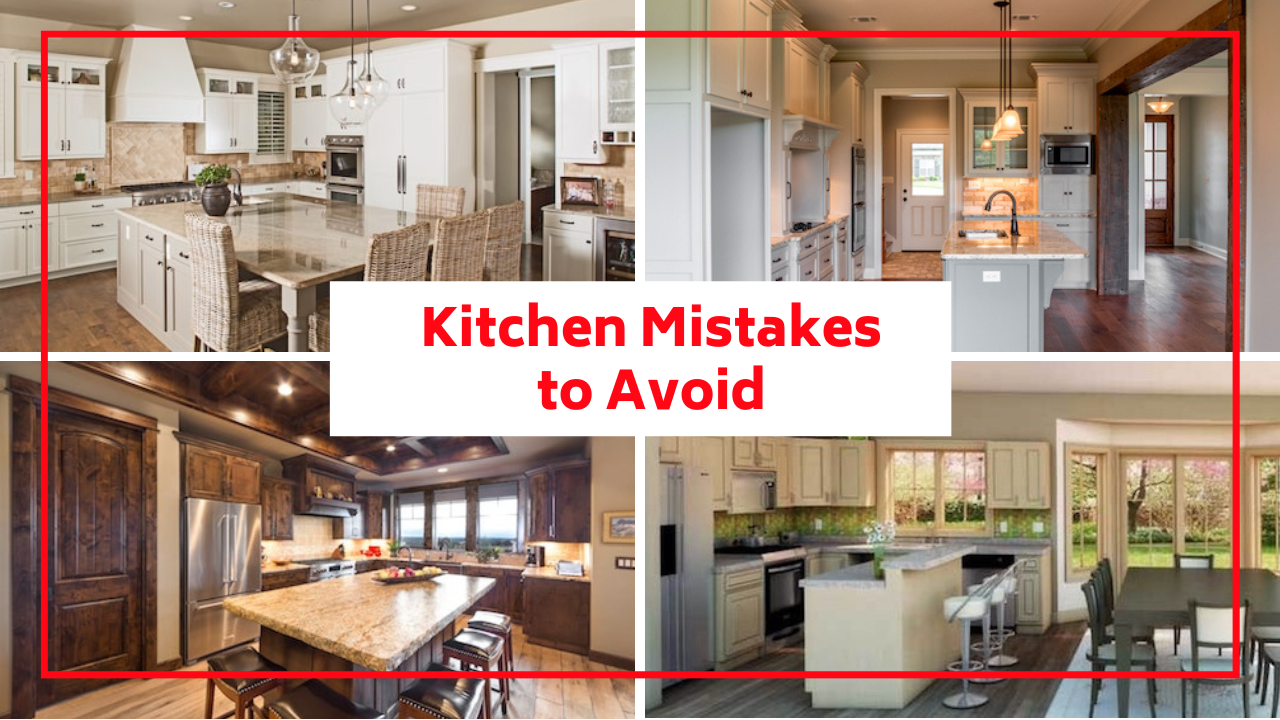
Ignoring Ergonomics
When designing a kitchen, it is essential to consider ergonomics. Ergonomics is the science of designing products and workplaces to be comfortable and efficient for people to use. When designing a kitchen, ergonomics should be taken into consideration to ensure that it is an efficient and comfortable work area.
Poorly designed kitchens can be difficult to navigate and can cause poor posture, fatigue, and even injuries. For instance, cabinets that are too high may cause strain on the neck, shoulders, and back. Countertops that are too low may require a person to bend over while working, which can lead to back strain.
Therefore, ergonomics should be taken into consideration when designing a kitchen. The kitchen should be designed with the user in mind, and the workspace should be arranged to ensure that it is comfortable and easy to use. This includes having countertops at the right height, making sure that appliances are easy to reach, and having adequate lighting. Additionally, the kitchen should be designed with safety in mind, and any sharp edges should be avoided.
By considering ergonomics when designing a kitchen, the kitchen can be an efficient and comfortable work area. This can help to reduce fatigue, improve posture, and even prevent injuries.
Overlooking Appliance Options
When it comes to designing a kitchen, one of the most important aspects is the appliances. After all, they need to be the right size and style to fit your space and match your design. Unfortunately, it can be easy to overlook the appliance options when designing a kitchen.
When creating an appliance list, it’s important to consider the features that are most important to you. For example, if you’re an avid baker, you may want to opt for a double oven to accommodate your needs. Additionally, be sure to think about the size of the appliances and how they will fit in your space. It is also important to consider other features, such as energy efficiency, noise levels, and whether they are compatible with other appliances.
When it comes to selecting the appliances for your kitchen, it is essential to take the time to research the options available. Doing so will help ensure that you get the most out of your kitchen design. Additionally, make sure to consult an expert if needed to ensure that the appliances you choose are the best fit for your kitchen.
Failing to Consider Countertop Space
When designing a kitchen, it’s essential to consider countertop space. Without proper planning, you could end up with barely enough room to prepare meals. To be sure you get the most out of your kitchen counter space, think about how you’ll use it and plan accordingly. Make sure to plan for enough space around appliances, like a refrigerator, oven, or stove to ensure that you can easily access them. In addition, consider the size of the countertop surface that you need, as well as how much storage you’ll need to store pots and pans. Finally, think about the materials used for the countertop and whether or not they are durable and easy to clean. By taking the time to properly plan out your countertop space, you will save yourself time, money, and hassle in the long run.
Underestimating Budget Requirements
Designing a kitchen can be a daunting task, especially if you’re working with a tight budget. Many people underestimate the costs associated with renovation, and without proper budgeting, they can be left with a kitchen that looks and feels unfinished. Before you start planning, be sure to consider the full cost of materials, labor, appliances, and any additional expenses. When in doubt, don’t be afraid to ask for help from a professional to ensure that you’re on track with the budget. Additionally, as you are selecting materials and appliances, do your research to determine whether there are any deals available to help you save money and stay within your budget.
FAQs About the What To Avoid When Designing A Kitchen?
What materials should I avoid when designing a kitchen?
Particle board materials are not recommended for kitchen designs, as they are not highly durable and can be prone to moisture damage. In addition, it is best to avoid using laminate countertops, as they can be difficult to clean and are not as stain-resistant as other countertop options.
What kind of appliances should be avoided when designing a kitchen?
It is best to avoid bulky and inefficient kitchen appliances, as they will take up unnecessary space and can also be costly to operate. Additionally, it is important to stay away from outdated appliances that do not offer modern features and energy-saving capabilities.
What design elements should be avoided in a kitchen?
It is best to avoid overly complex kitchen designs, as this can make the room feel cluttered. In addition, it is important to avoid decorating with too much color or patterns, as this can create an overwhelming atmosphere.
Conclusion
When designing a kitchen, it is important to keep in mind potential hazards and problems that could arise. This includes avoiding designs that create dangerous sharp edges, using materials that can be easily wiped down and are durable, and taking into account the proper placement of appliances, cabinets, and other items. Taking these considerations into account will ensure that your kitchen is both aesthetically pleasing and safe for everyone who uses it.

